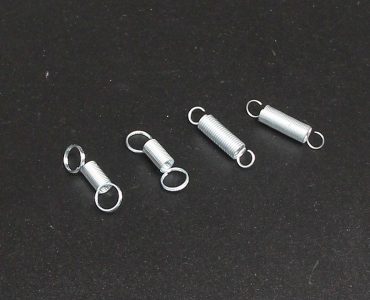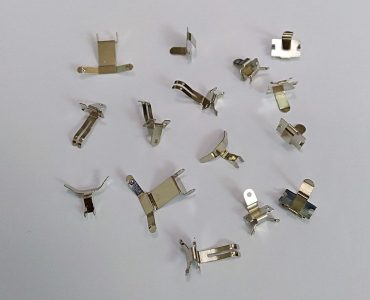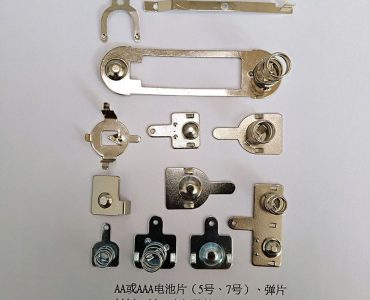What are the characteristics of stainless steel springs of different materials?
301 stainless steel spring:
301 stainless steel spring is equivalent to piano wire in stainless steel. Elasticity and fatigue are much higher than the former two, which is very suitable for conventional stainless steel springs, such as springs made of 302~304 which cannot meet the force requirements. The recommended operating temperature is -40~120°(It is not recommended to exceed 120°, otherwise the mechanical properties will decrease).
302 stainless steel spring:
In fact, springs made of 302 stainless steel are very large abroad, larger than 304. In terms of mechanical properties, the effect is stronger than that of 304 stainless steel spring, but due to the different element content, the anti-rust ability is slightly lower than 304. But in general, the difference is not large. In many cases, if the springs made of 302 and 304 require a low elastic precision, they can be replaced by another one. The recommended operating temperature is -40~120°C (not recommended to exceed 120°C, otherwise the mechanical properties will decrease), and the recommended operating temperature is -40~120°C (not recommended to exceed 120°C, otherwise the mechanical properties will decrease).
304 stainless steel spring:
The spring made of 304 stainless steel is also a stainless steel spring widely used in China. 304 is a chromium-nickel stainless steel, divided into mirror, shiny and matte. As can be seen from the name, the mirror is the brightest, just like a mirror, especially suitable for medical equipment springs and process springs, because the mirror stainless steel is not easy to stick to oil, easy to clean. Compared with mirror stainless steel springs, the smoothness of the shiny stainless steel surface is slightly worse. If it is to be used as a medical device spring, it needs to be polished after the spring is formed. Finally, the matte stainless steel is used extensively. Compared with the former two, this kind of stainless steel has the same mechanical properties and anti-rust ability, so it is widely used in various springs that need anti-rust. The recommended operating temperature is -40~120°(It is not recommended to exceed 120°, otherwise the mechanical properties will decrease)
316 stainless steel spring:
Compared with other types of stainless steel, 316 stainless steel spring is more suitable for use in sea water, and has better performance than other brands of stainless steel. Better corrosion resistance. At the same time, it has low magnetic properties. The recommended operating temperature is -40~120°(It is not recommended to exceed 120°, otherwise the mechanical properties will decrease)
Stainless steel spring 631:
631 stainless steel spring is a kind of semi-austenitic precipitation hardening stainless steel, which is widely used in mechanical and medical fields. It has strong corrosion resistance and toughness, and has high fatigue resistance. Especially for high temperature resistance, 631 spring is different from other stainless steel, it can be used for -40~380°, and it is mostly used as heat-resistant spring steel.
Stainless steel 130m non-magnetic spring:
130m stainless steel non-magnetic spring has weak magnetic properties and is suitable for electric power and instruments. Non-magnetic springs are not completely non-magnetic. Steel is magnetic.
Finally, whether stainless steel will be attracted by magnets is not the basis for judging whether stainless steel is non-magnetic. The concept that the stainless steel attracted by the magnet is stainless steel is wrong. The steel wire will produce friction during the cold working process, and it will inevitably adhere to more or less magnetism. The highest content of stainless steel is iron, which is attracted by magnets. Another method is to remove the magnetism of a spring made of stainless steel through high temperature tempering above 800°. At the same time, the structure of the stainless steel will also change, thus failing to achieve the characteristics of the material itself. Therefore, if you want to choose a non-magnetic spring, you must use a 130m stainless steel spring.




